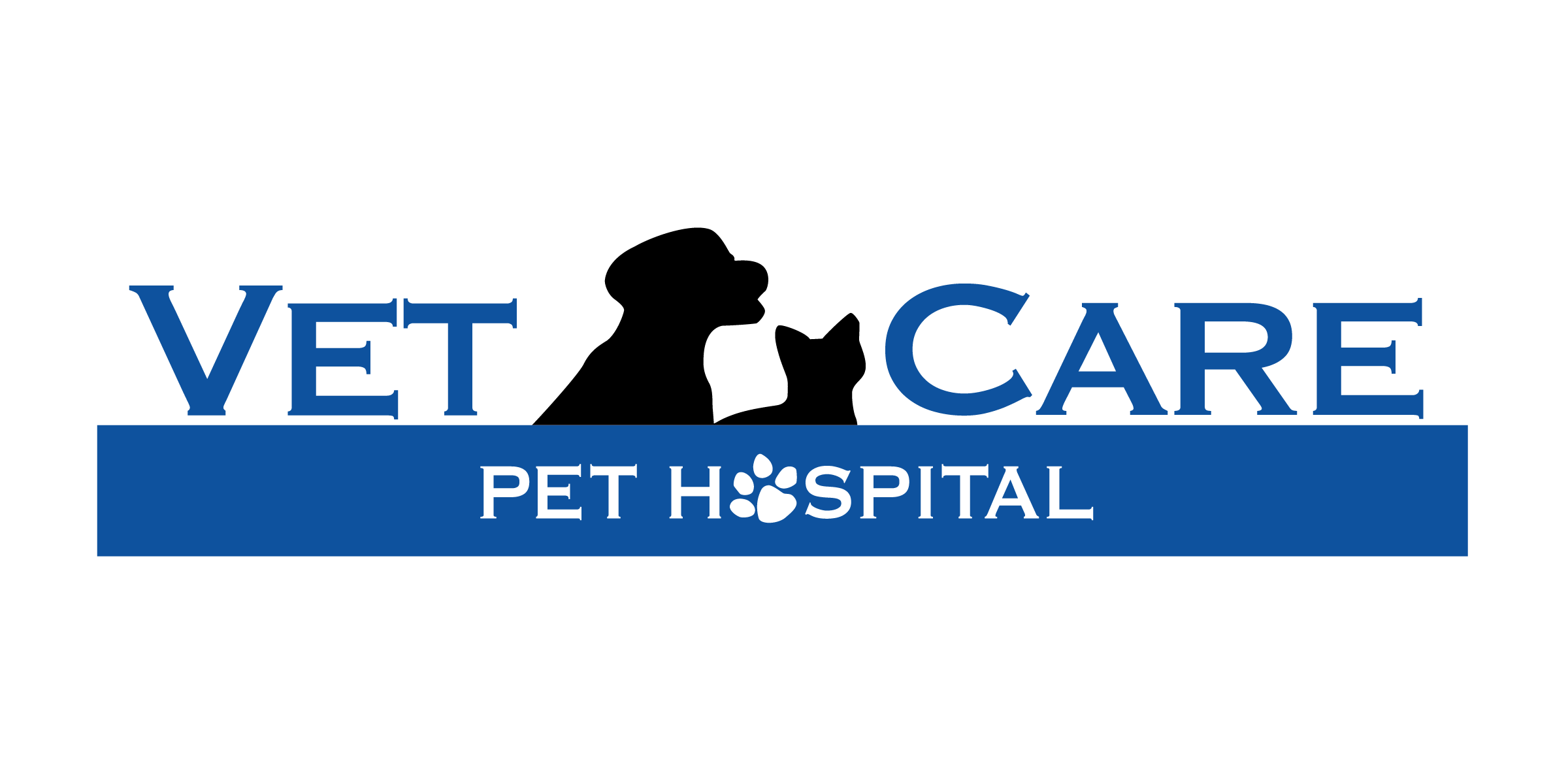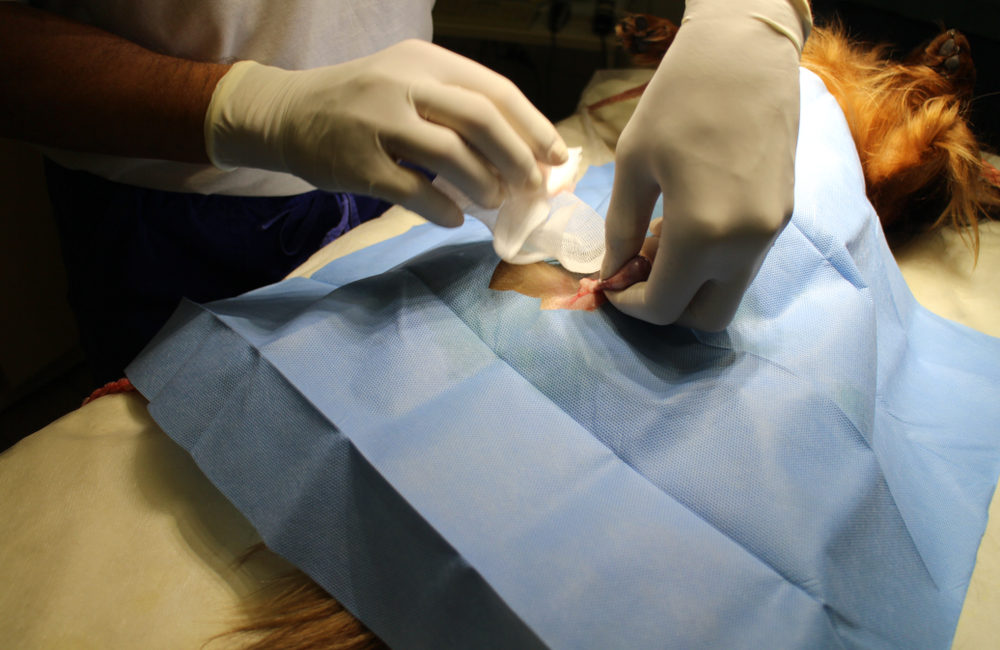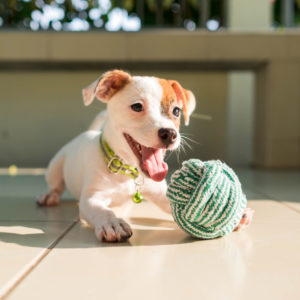What happens when you drop off your fur baby for elective surgery?
The first step is a full examination performed by your veterinarian. This is to ensure your pet is in perfect health. This will include a weight check and a listen to the heart and lungs. The doctor and RVT (Registered Veterinary Technician) will also look for any abnormalities that may affect your pet’s risk to undergo general anesthesia.
Once the physical examination is complete, a small blood sample is taken from your pet. This will check to ensure his or her organs are functioning at optimal capacity. This is important as the general anesthesia will be passing through major organs. Bloodwork will also rule out any potential condition your pet may have.
Your veterinarian will then review the bloodwork and confirm whether he or she is deemed healthy for surgery. Once cleared, an intramuscular injection containing sedation will be given. This will help relax the patient before surgery.
Once he or she is sedated, an RVT (Registered Veterinarian Technician) will place an IV (Intravenous catheter). Your pet’s front leg will be shaved and prepped for this procedure. This will give the veterinary team access to your pet’s vein during and following the surgery. This will provide hydration to your pet as well as assist in maintaining their blood pressure. Fluids will also help support the liver and kidneys which will be processing the general anesthesia.
Once the intravenous catheter is placed, an induction agent will be given through the catheter. This will put your pet under anesthesia. After he or she is completely under anesthesia an endotracheal tube is placed into the trachea (windpipe). This will deliver oxygen and the gas anesthesia (Isoflurane) to your pet. This gas anesthesia will keep your pet asleep during the procedure.
Once your pet is asleep, he or she is prepped for surgery and then off to the surgery room.
Surgery is scary for many pet owners. We hope this eases some worries and answers questions you may have when considering surgery for your pet. If you have any concerns or questions, do not hesitate to contact your veterinarian.
Written by: Jillian, RVT




